If you carry an umbrella, do you expect the weather to take notice, perhaps refraining from raining or, on the contrary, ensuring to shower you just and reward you for being prepared? If only it were that simple. Umbrella sales would either plummet or skyrocket, depending on our relationship with the weather. Generally, the weather does not change based on whether we dress for a sunny day or bring an umbrella. The weather does not take not of those actions.
Unlike the weather, the environment in which we live, work, and operate does take notice of our actions. Yet, when we plan we expect that our forecast is a realistic prediction of an objective independent future, and that our plans the best course of action for this future. Basically, we expect it to rain and therefore bring an umbrella. However, the environment in which we live and operate, our context, is not unmoved by our actions. The environment in which we live, work and operate is not like the weather; it’s dynamic, populated by individuals and companies with their own ideas and ambitions, noticing our actions and responding to it, just as we are aware of their actions, which probably has prompted our planning activities in the first place. We live in an environment marked by continuous flux, rife with challenging and unpredictable changes and this flux and changes may well be in response to our own actions. When we plan, things change. And rightfully so. That is why we plan!
So, our environment is in constant flux, just by itself. Everything we plan or do just contributes to that dynamism. How do we manage it? Russell Ackoff nicely outlines different approaches in Re-Creating the Corporation (1999), as briefly listed below.
1 – Yesterday, life was better.
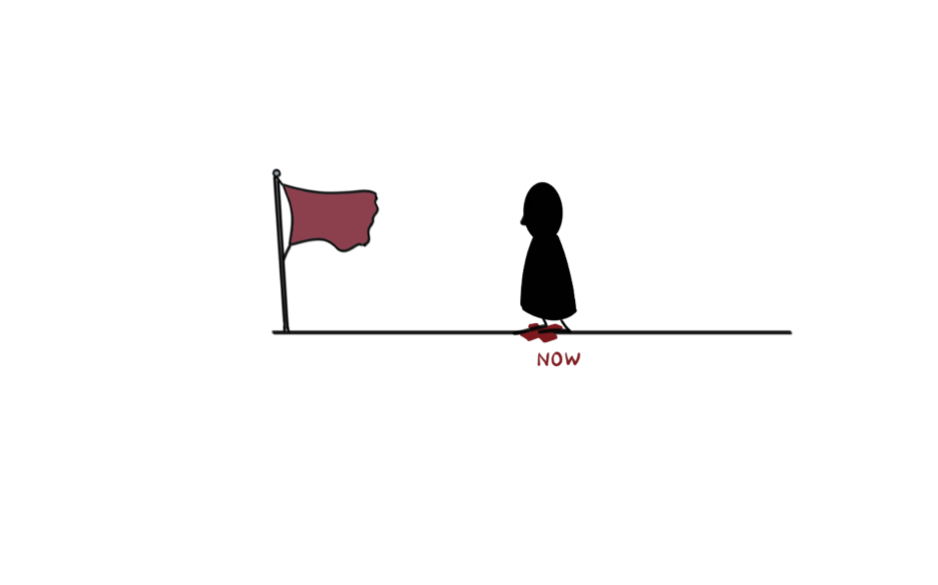
In the extreme, this what you can call the ‘nostalgic view’; believing that the past was better or more favorable than the present. Planning under this view seeks to restore the past situation by removing current factors that have led to the current circumstances. However, this approach overlooks the inevitable nature of evolution and change, making it unrealistic to fully restore the past.
2. Today is good, let’s not rock the boat.
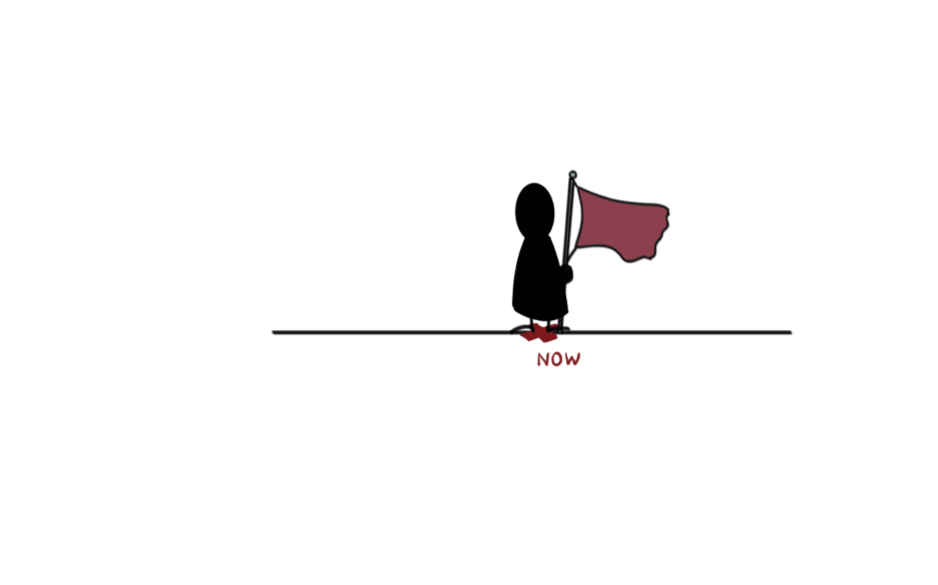
This is the more cautious approach, and focuses on maintaining the status quo. It aims to minimize factors that may trigger change and seeks to achieve efficient execution while avoiding unnecessary risks and disruptions. While stability is valued, this approach may limit adaptability and miss potential opportunities for improvement. In the words of Lauren Bacall: “Standing still is the fastest way of moving backwards in a rapidly changing world.”
3. Tomorrow is going to be great. Let’s go there!
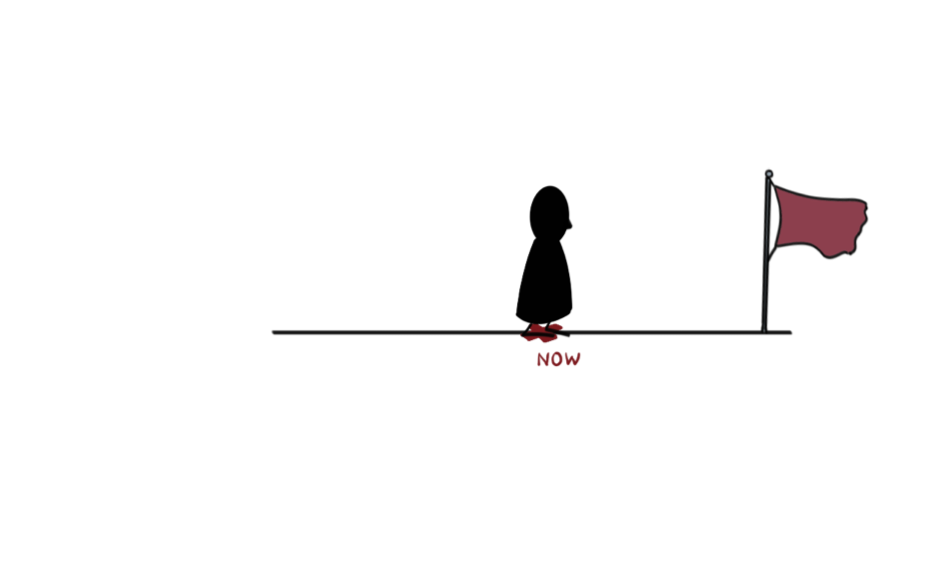
This is maybe the optimistic outlook, positive and forward-thinking, embracing proactive action. It believes in the potential for positive outcomes and actively works towards achieving them. However, it must strike a balance between realism and practicality to account for uncertainties and unforeseen events. Our environment is not like the weather, and may change its mind if we bring an umbrella.
4. If life had been different, where could we have been now?
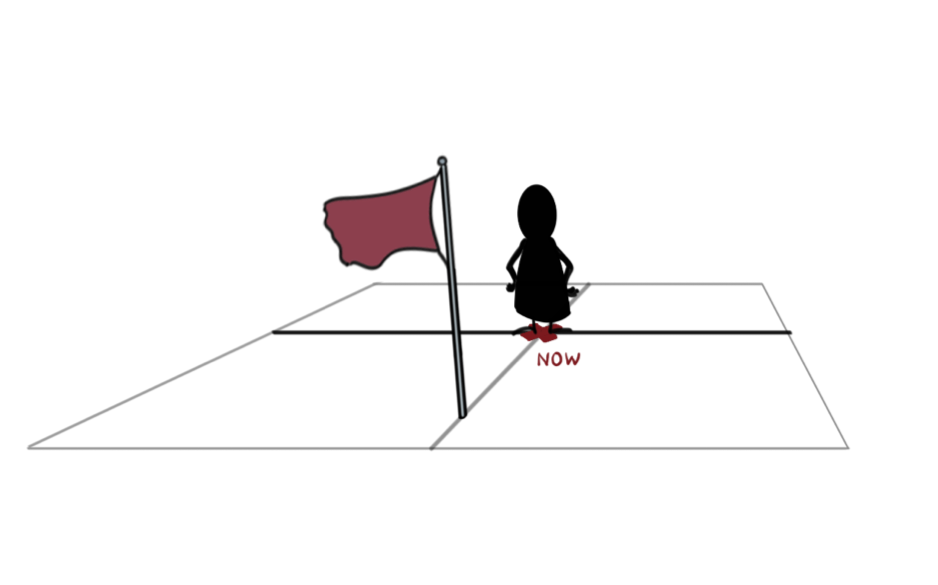
This approach is known as “Idealized design”, starts with an unconstrained vision of the best possible “now” provided it is technologically feasible, operationally viable, and set up to support continuous improvement. It imagines where we or the organization could have been now if events had unfolded differently.
This approach is different to the previous three. It is similar in that also this approach relies on predicting a potential state. However, instead of basing it on a possible future, or a forgone past, it is grounded in reality by examining what is or would have been achievable now. Moreover, what makes this approach particularly interesting is the “idealized” aspect, as it delves into what could have been possible now without considering our current state (e.g. technology, process or organization), or considering the historical path leading us here. It starts with the assumption that what we have now is no more – expired, run up the curtain, and joined the choir invisible, etc. This places us in a situation where we must rebuild everything from scratch, not hindered by any existing constraints. What would you do? In my experience, it redirects attention nicely to what is truly valuable.
Planning backwards
Once you have identified where you “wannabe”, or where you would like to be, you plan how to get there, and this you best do by planning backwards.
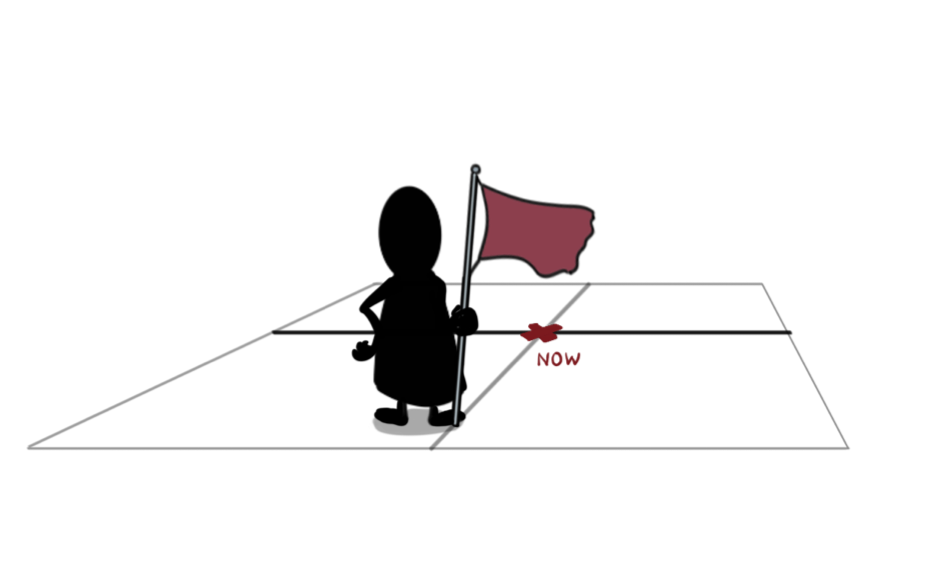
Planning backwards means you place yourself in the target situation and define how to get “here“, i.e. how to arrive at a specific point, instead of how to get “there“, i.e. how to reach a destination. On the one side it forces you to define what “here” is, and on what is needed. Also, it often simplifies and gives clarity. As illustration of the value of backward planning, Russell Ackoff at various times uses the example of organizing the Wimbledon tennis tournament. Suppose there are 64 contestants, how many matches do we have to plan for? Like me, you may have already started to calculate: “64 players, that means 32 matches in the first round leaving 32 winners meaning 16 matches in the second round”…. etc. Simple math, you’ll figure it out. This is forward planning; you start in the current situation, at the beginning, and then chart how to arrive “there”, at the destination. Instead of forward planning, Ackoff suggests a backward planning approach. You start at the end, from where you want to be. To determine the number of matches needed, you start with the final outcome: one winner and 63 losers. This implies there must have been 63 matches in total, each eliminating a participant. This reverse perspective streamlines the planning process, focusing on the end goal and working backward to the initial rounds.
Planning…how?
If you’re curious about which is the best approach, I have to leave you in suspense without a definite answer. It depends on the specific situation, and I have personally employed each at various times. I do have realized that the fourth approach, idealized design, proves particularly valuable for gaining a comprehensive understanding of the situation. It often unveils the true value of aspects involved, aiding in planning a successful path forward — or better, if you allow me to correct myself — it assists in planning a successful path backward, regardless of the chosen approach among the four.
Originally posted on LinkedIn